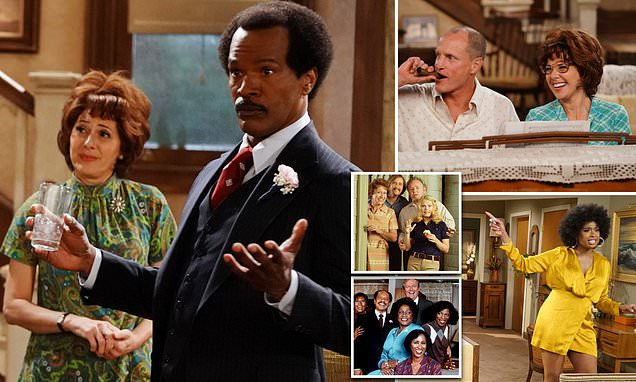
“The Jeffersons,” which aired from 1975 to 1985, was more than just a sitcom; it was a cultural milestone that broke significant barriers in television history
As one of the first shows to feature an affluent African-American family, it challenged stereotypes and opened doors for future diverse programming. The show’s protagonist, George Jefferson, portrayed by Sherman Hemsley, was a successful entrepreneur who owned a chain of dry-cleaning businesses. This depiction of an African-American man achieving financial success was revolutionary for its time. Prior to “The Jeffersons,” African-American characters on television were often relegated to roles that reinforced negative stereotypes or were limited to servile positions. George Jefferson’s character shattered these norms, presenting a confident, assertive, and successful black man.
Louise Jefferson, played by Isabel Sanford, was equally groundbreaking. Unlike many female characters of the era, Louise was portrayed as a strong, intelligent, and independent woman. Her character provided a balanced perspective to George’s often brash demeanor and showcased a progressive portrayal of African-American women.

The show also tackled pressing social issues head-on. Episodes addressed topics such as racism, class struggles, and interracial relationships. The Jeffersons’ neighbors, Tom and Helen Willis, were one of the first interracial couples depicted on American television. This was a bold move, considering the societal attitudes of the time, and it sparked important conversations about race and acceptance.
Furthermore, “The Jeffersons” paved the way for other African-American-led sitcoms. Its success demonstrated that there was a substantial audience for shows centered around African-American experiences, leading to more diverse programming in the following decades.
In conclusion, “The Jeffersons” broke significant barriers in television by presenting a positive and diverse portrayal of African-American life, addressing critical social issues, and paving the way for future inclusive programming. Its impact on television and culture is still felt today, as it set a precedent for the representation and inclusion of African-Americans in mainstream media.
